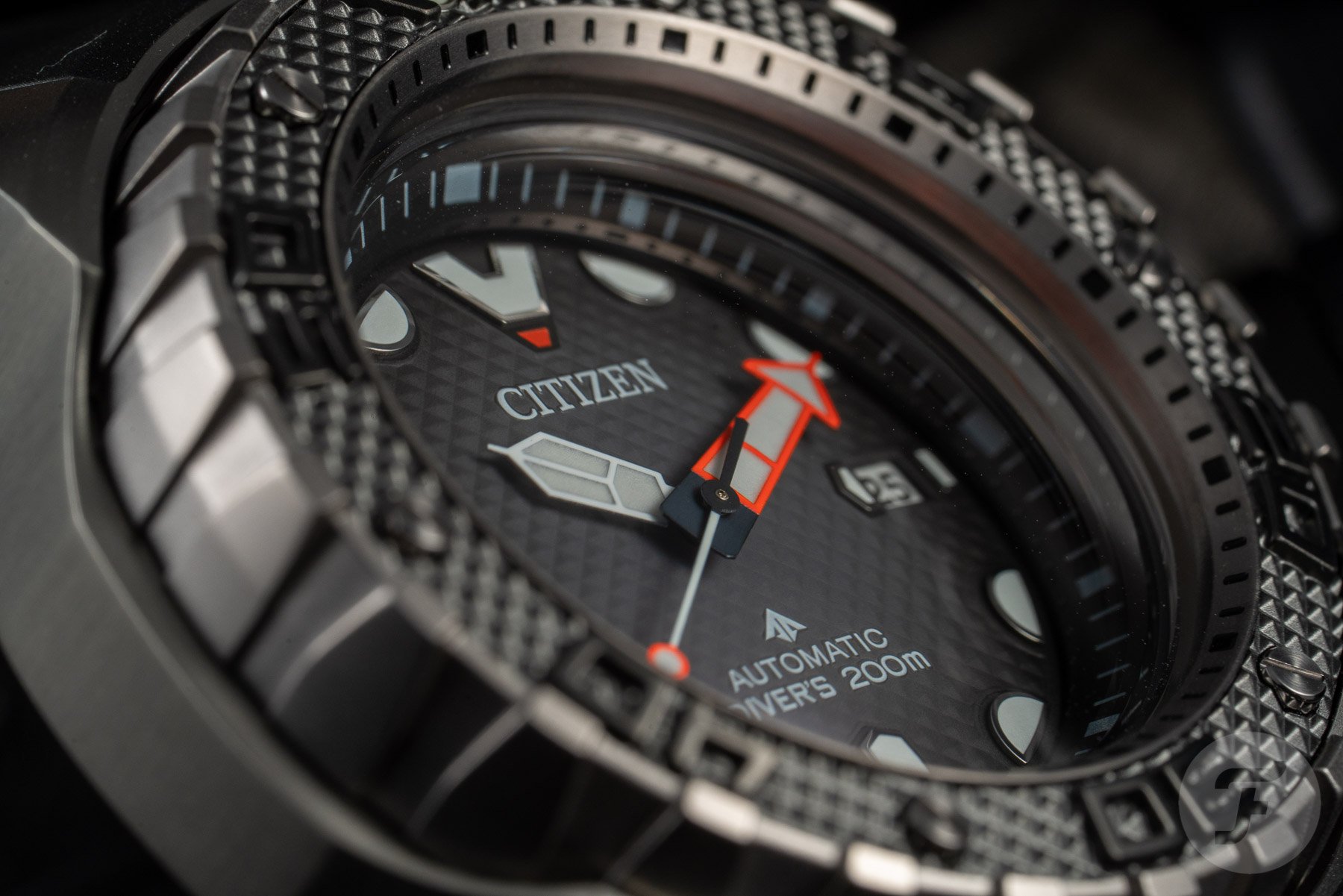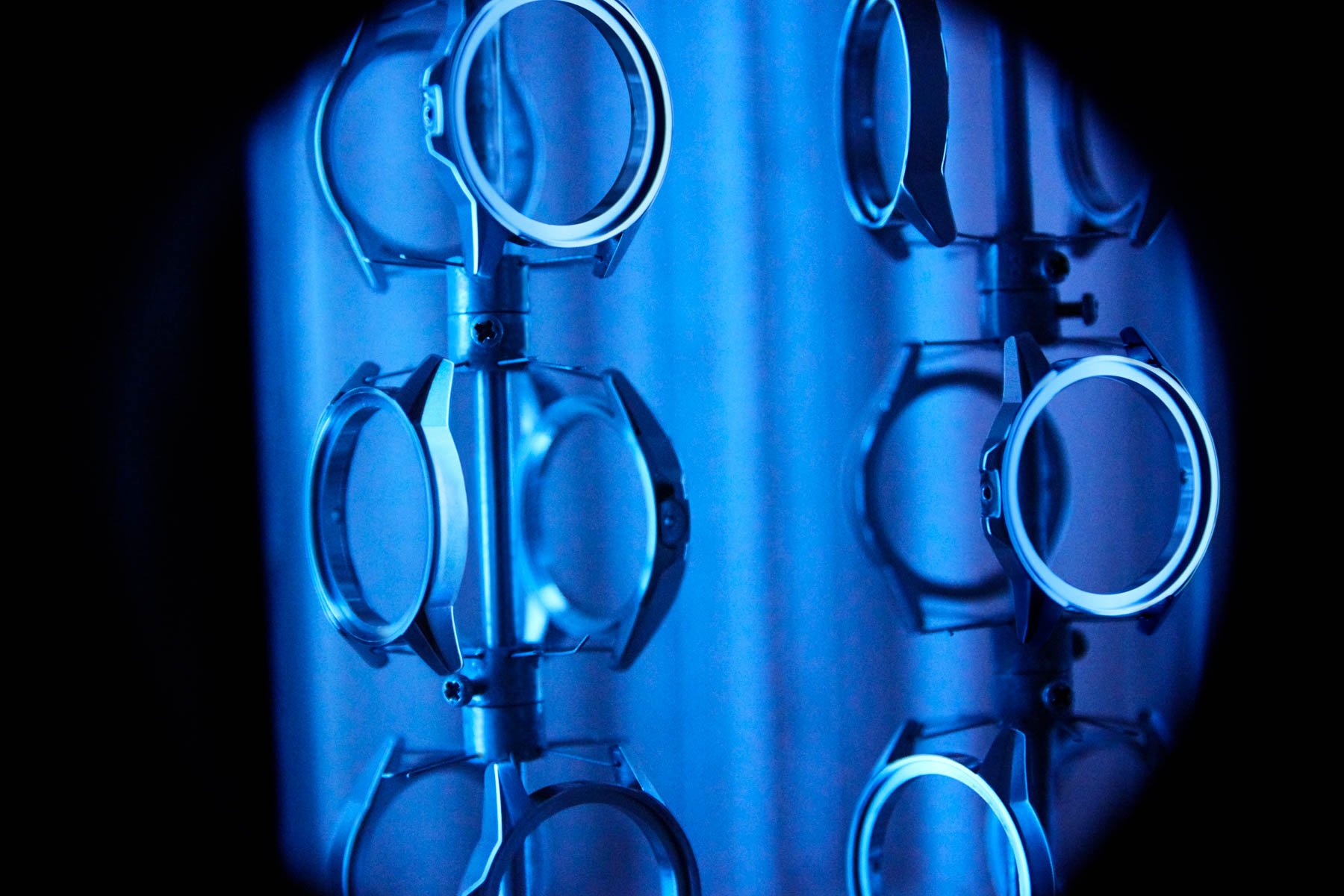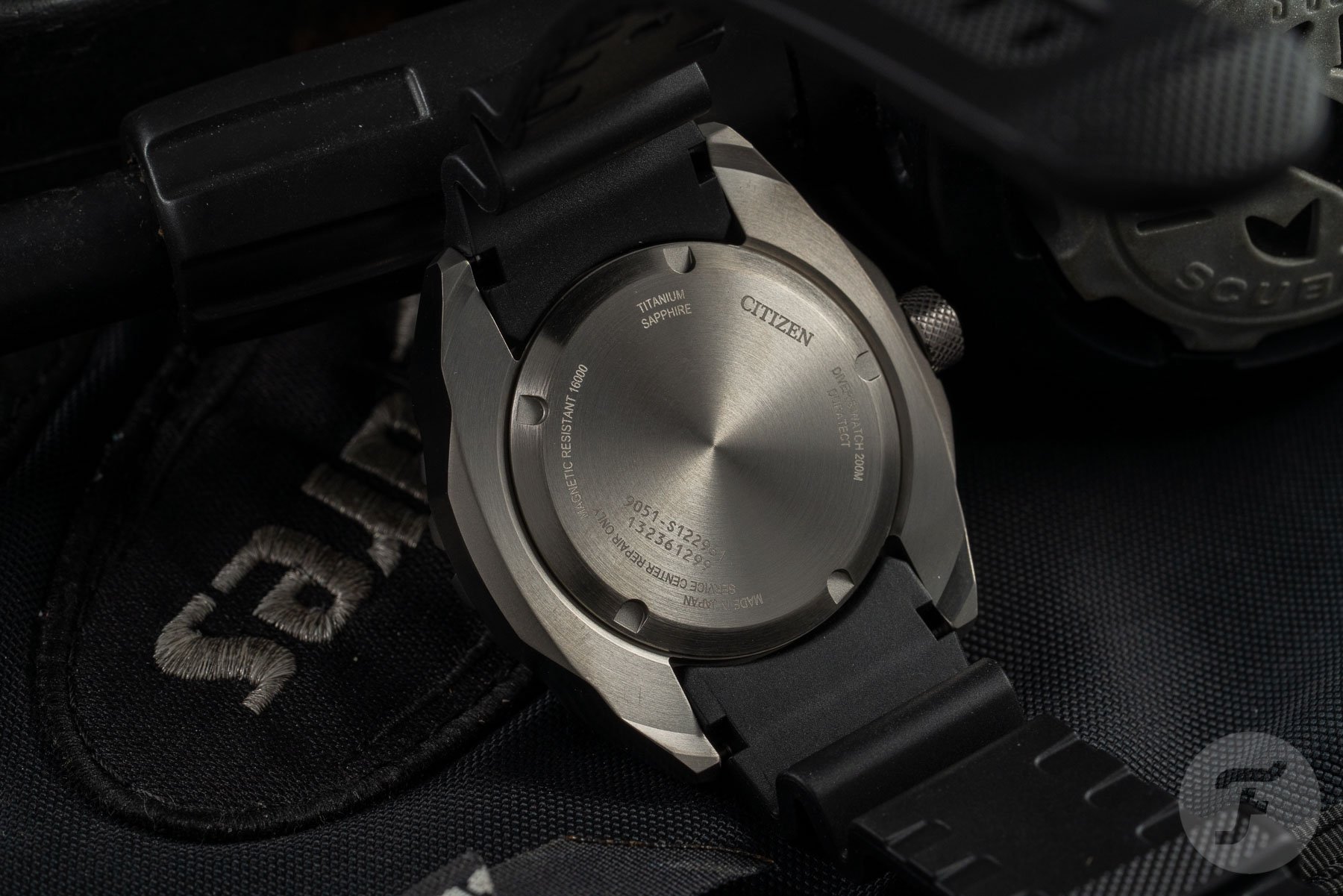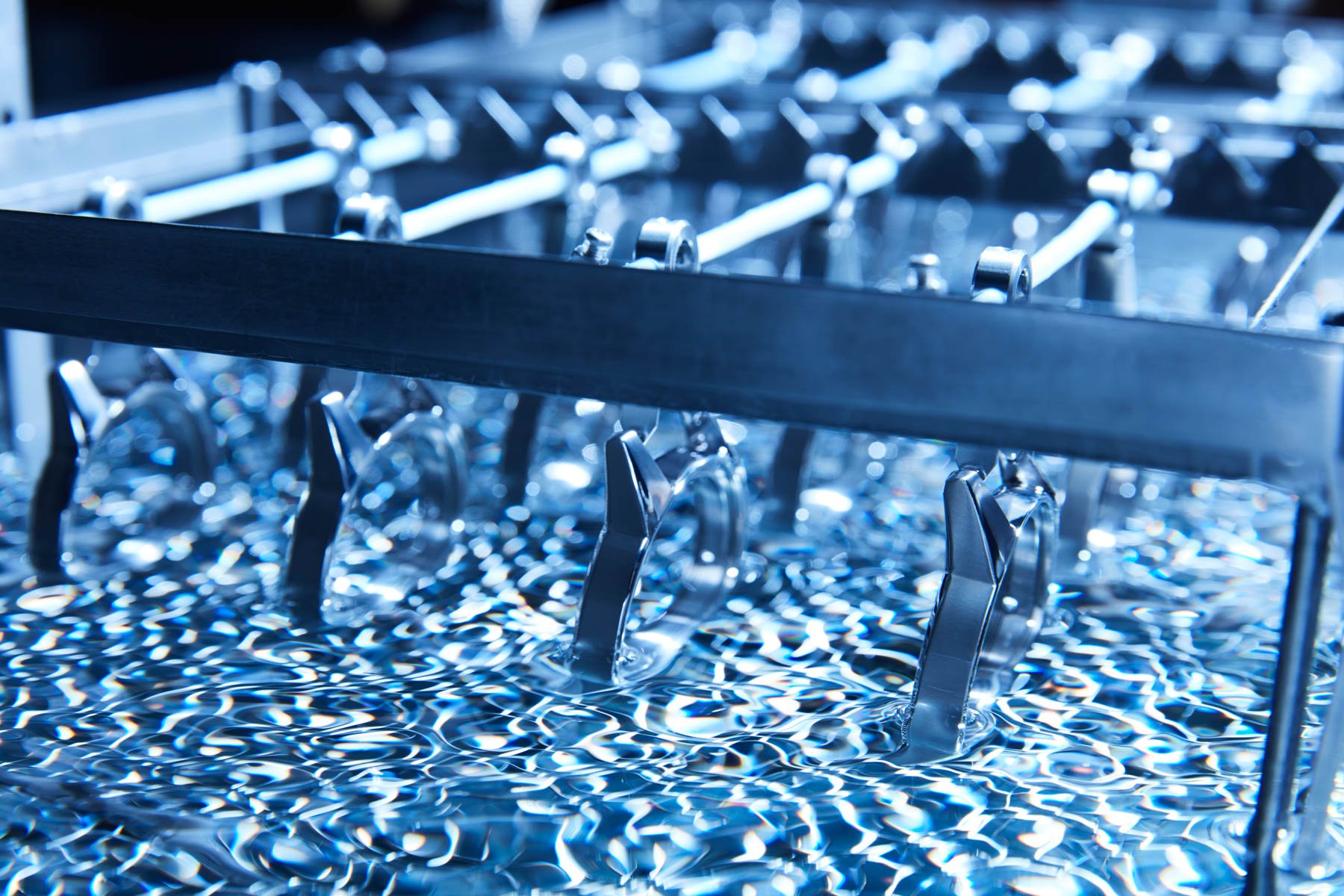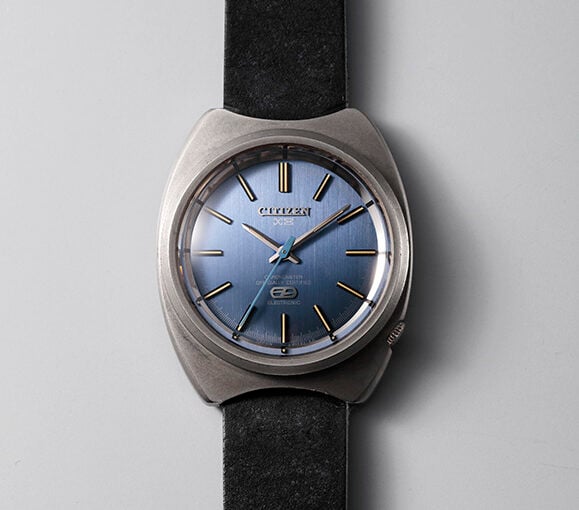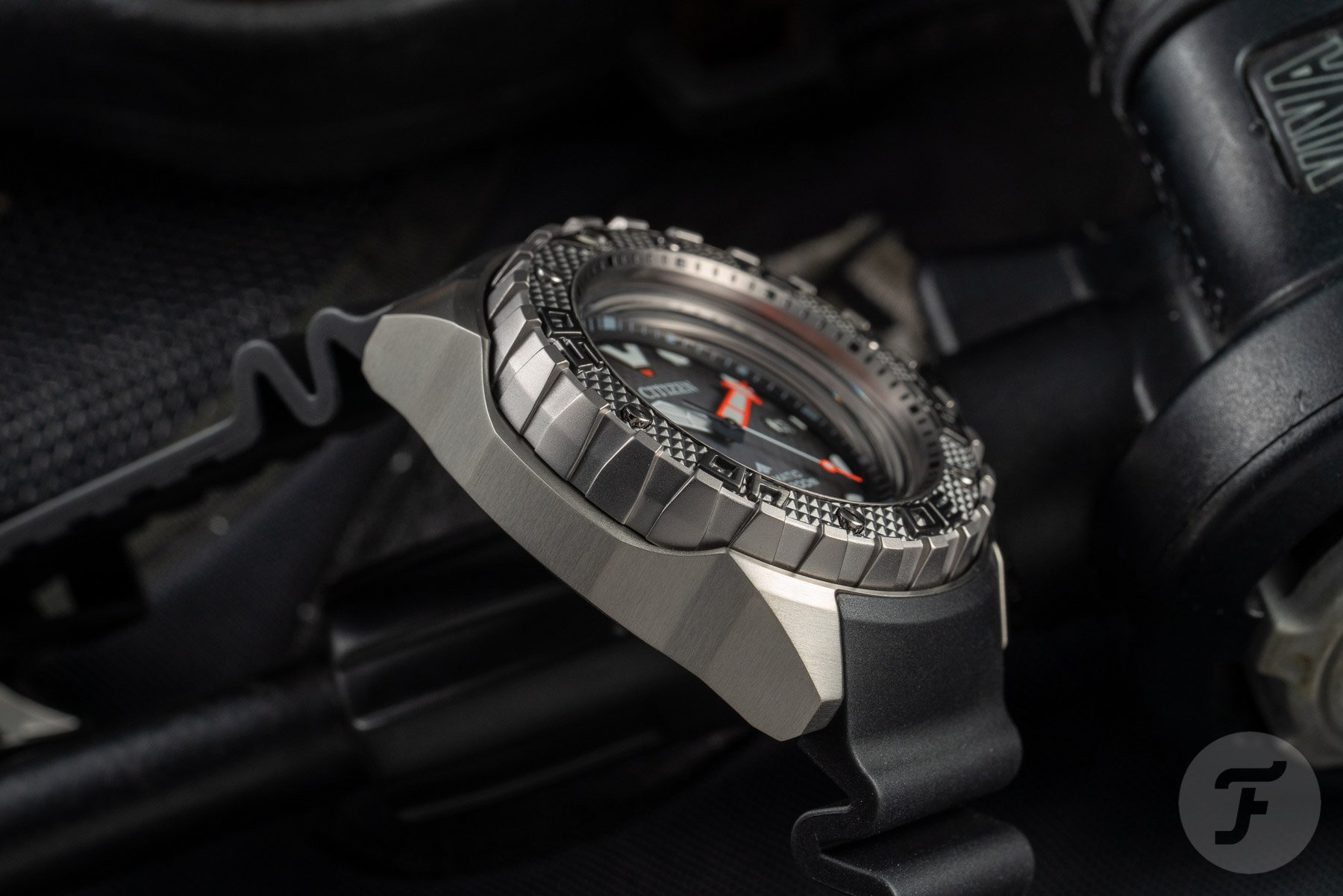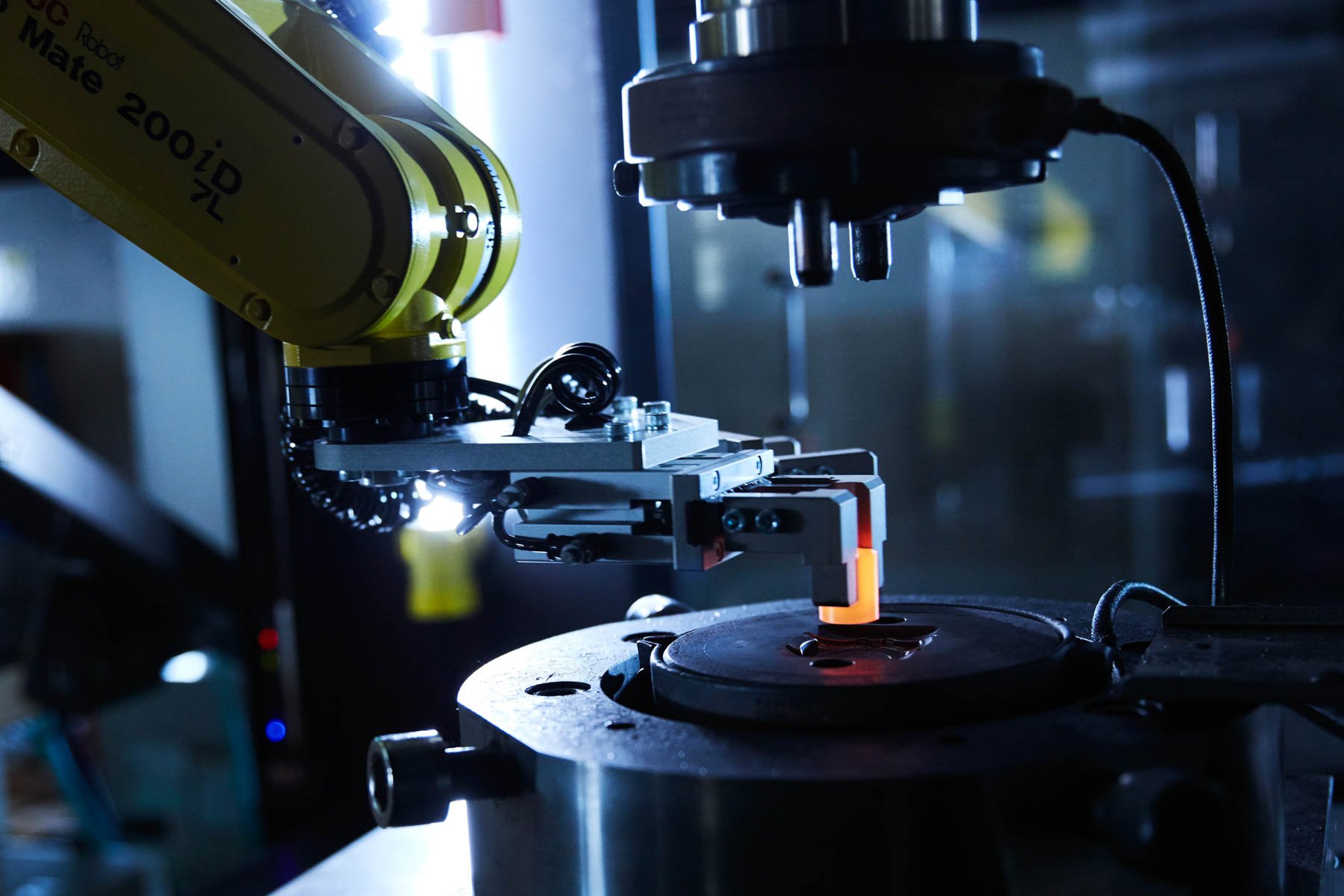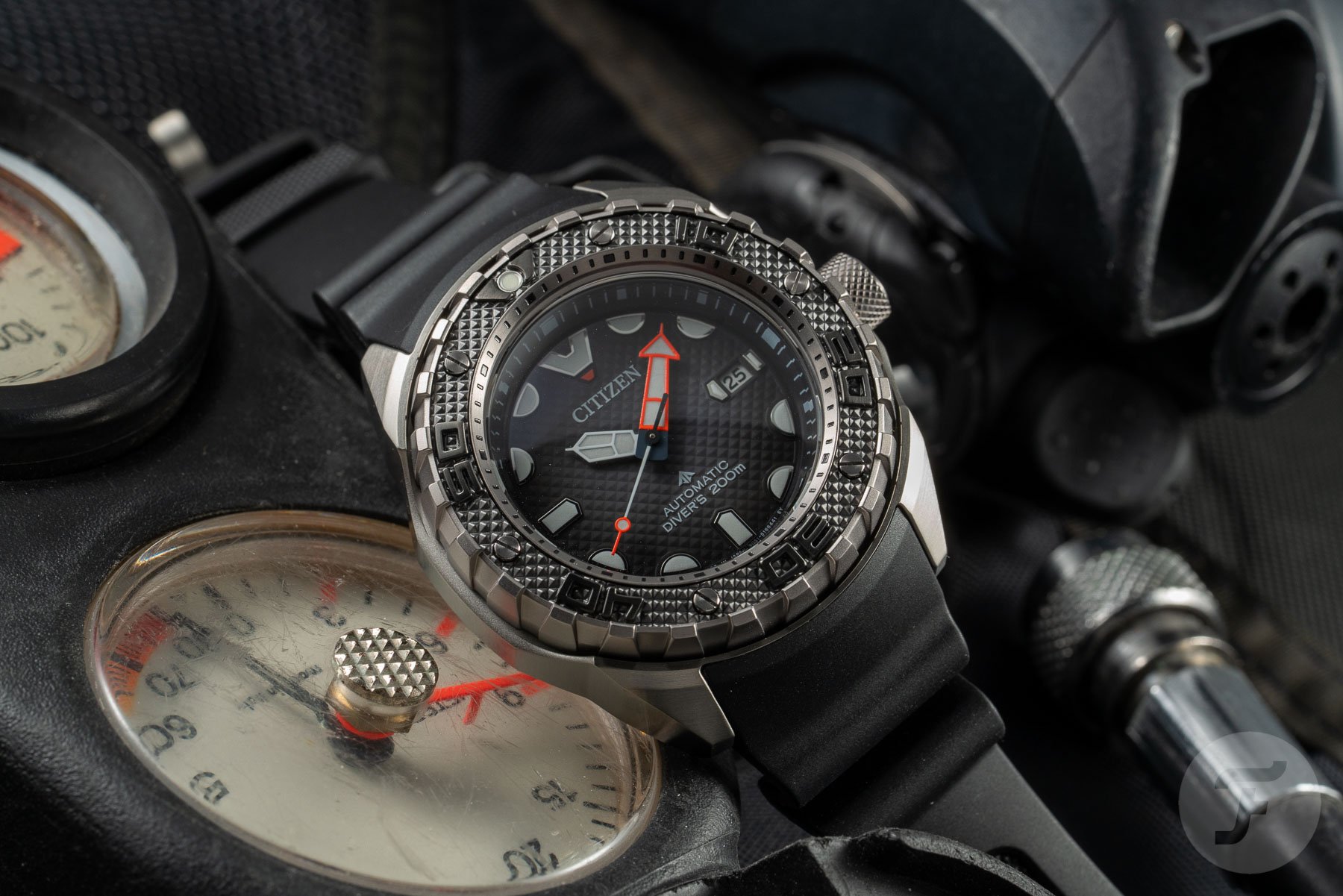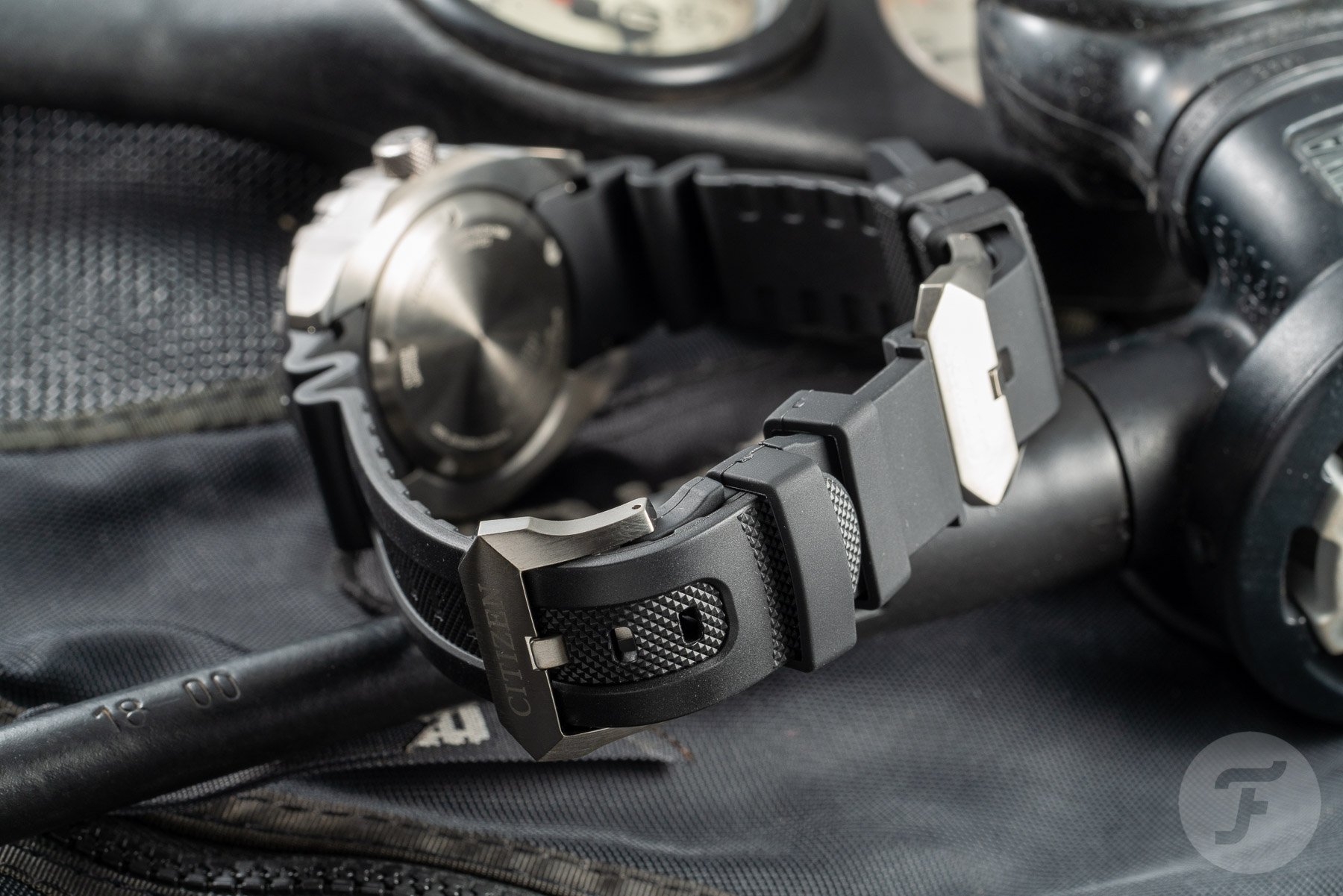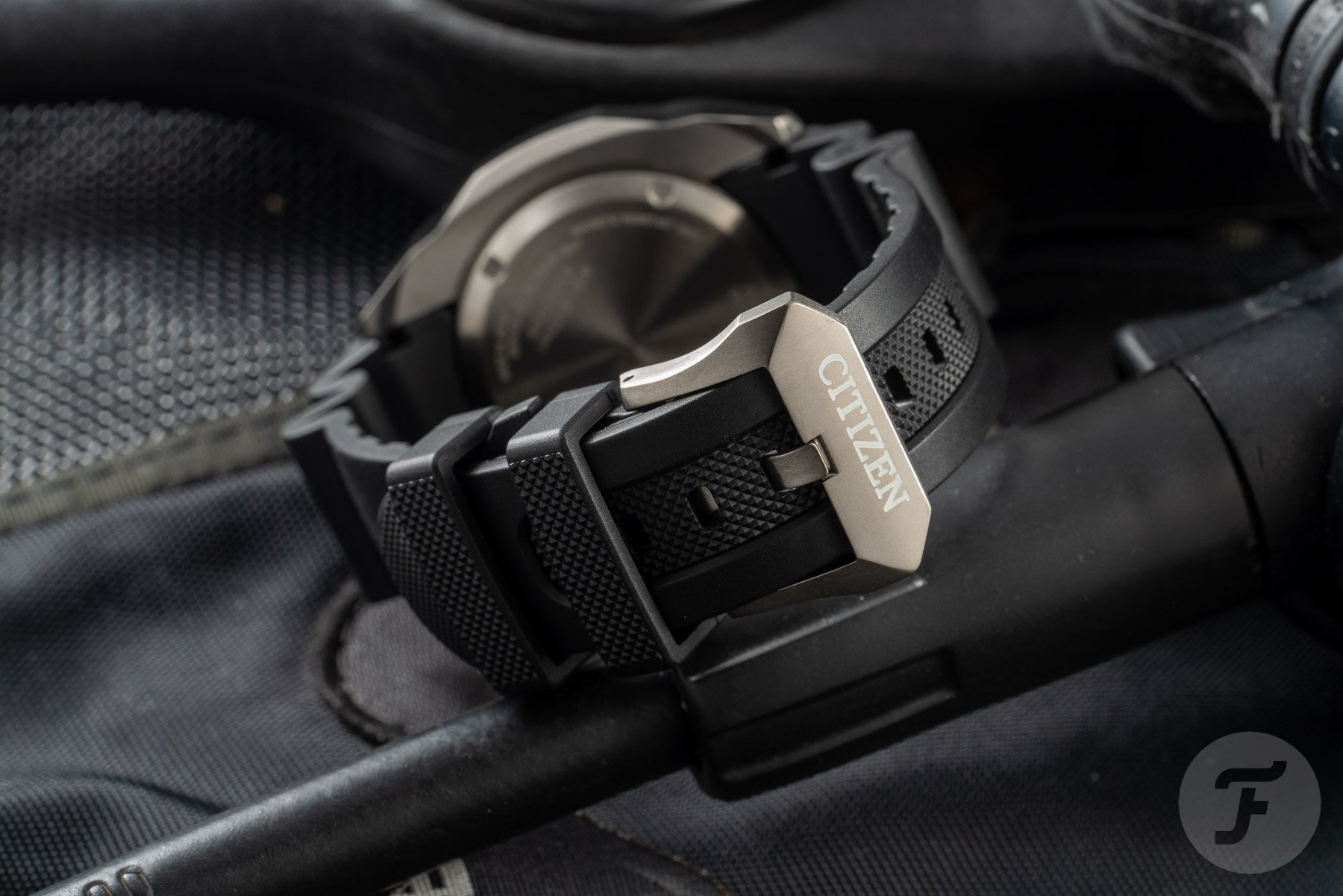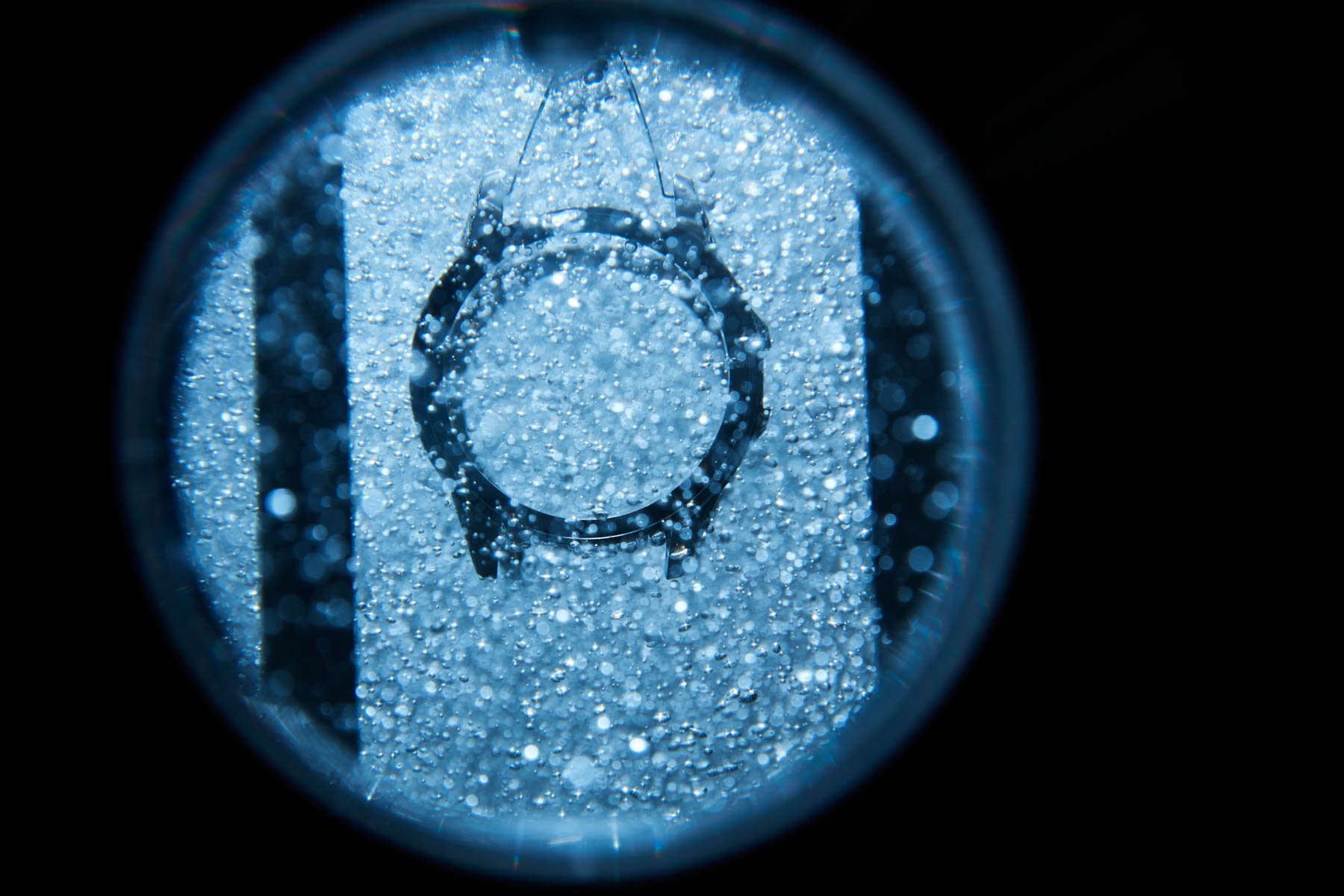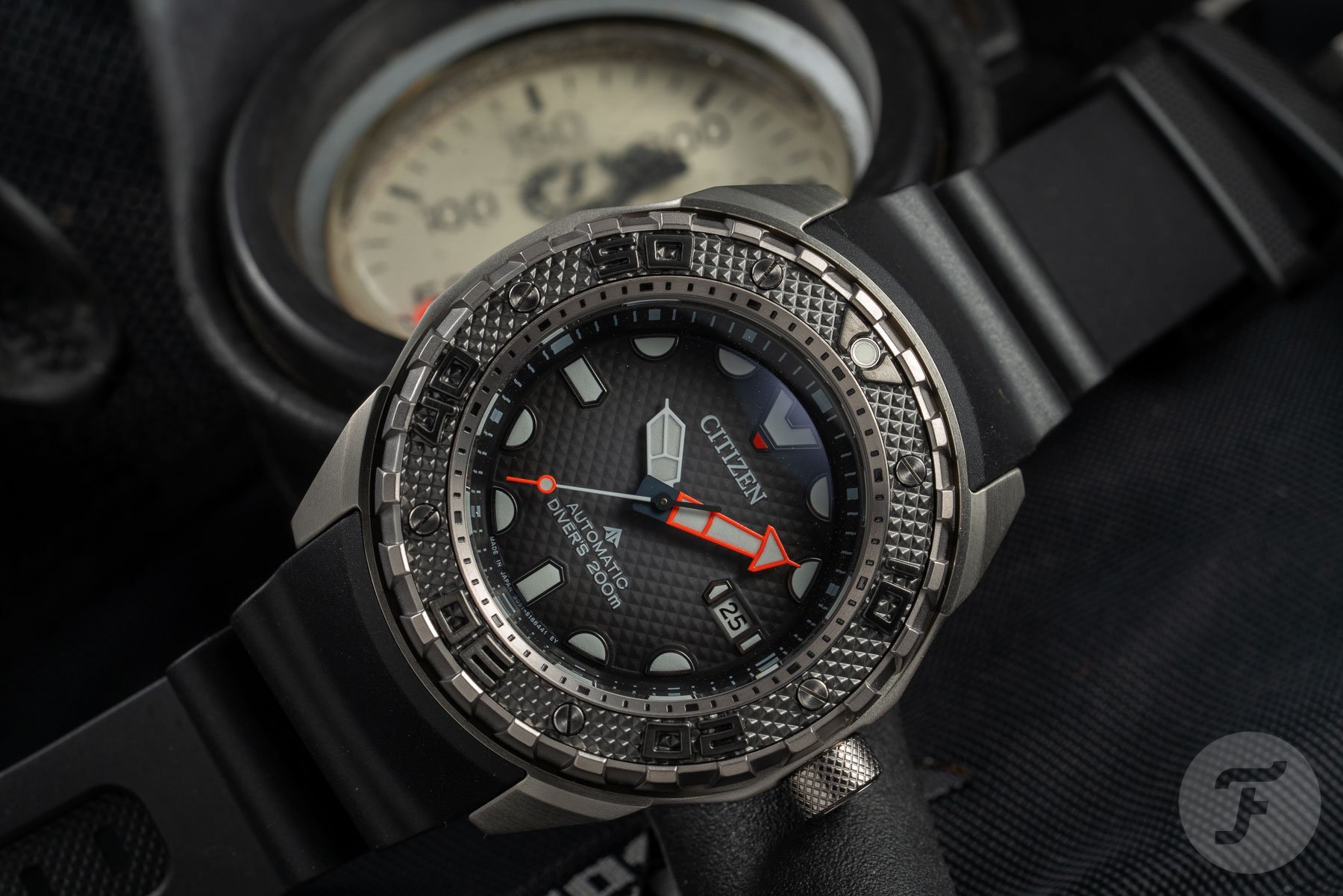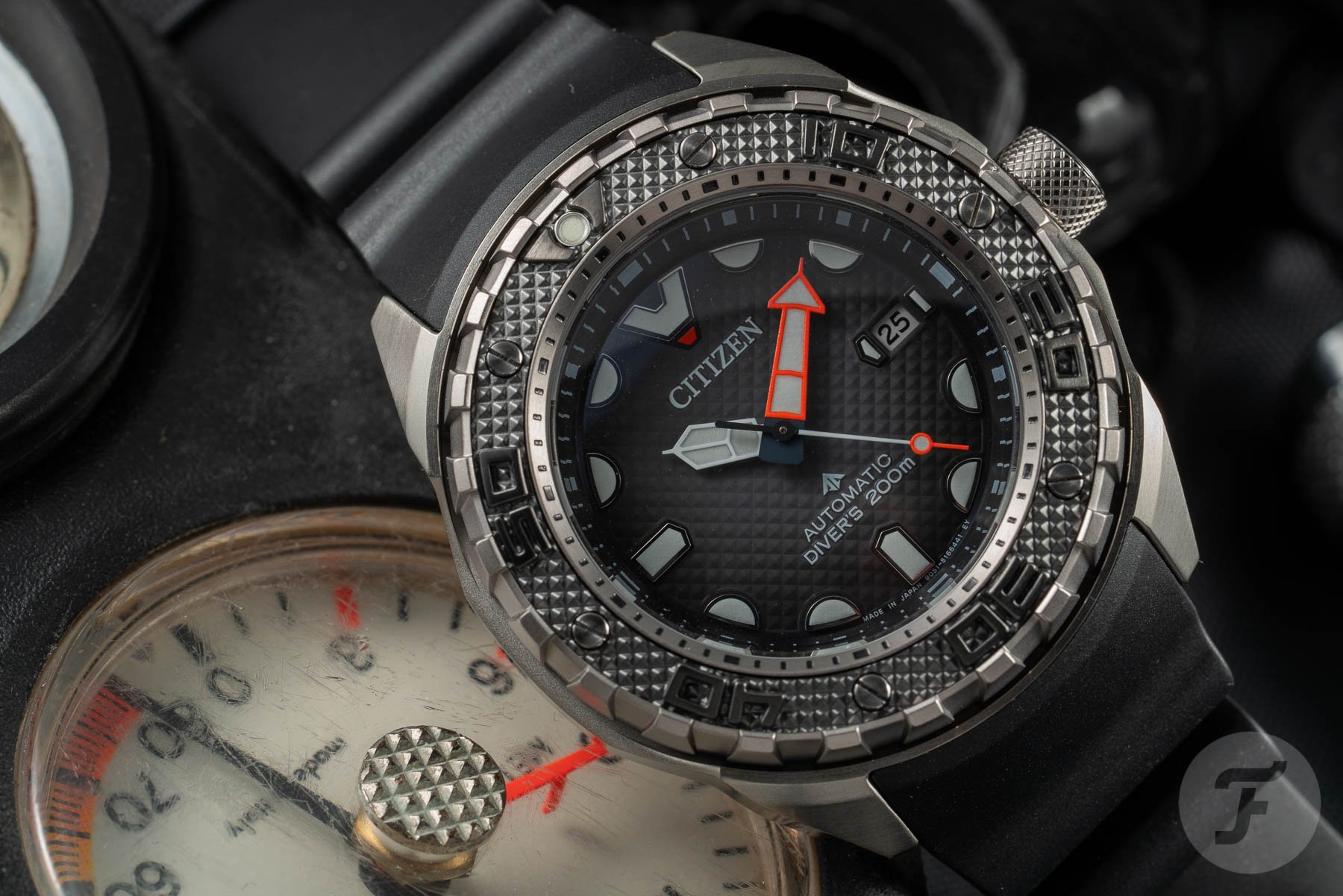Citizen Super Titanium Is Five Times Harder And 40% Lighter Than Steel — Discuss
They say the clothes maketh the man. Is it true, therefore, that the case maketh the watch? Watchmaking is many different things to many different people. Perhaps its angles of appreciation are so multitudinous because its disciplines are so many. Watchmaking is not one simple craft. Knotted up within the field of horology are many distinct areas of expertise. While movements (and their jewels, and wheels, and hairsprings, and so on) represent one portion of those disciplines, the case represents another. This craft is, in itself, a pursuit that requires years of experience to master. Citizen believes it has taken a mighty step forward in this field with its Super Titanium watch cases.
Thanks to Citizen’s proprietary surface hardening technology, Super Titanium (which is normally styled with a trademark symbol I’ve omitted here for the sake of your eyeballs not having to shift to superscript every time I mention Super Titanium) is five times more scratch-resistant and 40% lighter than steel. Those are some impressive numbers and a timely update to a case material with which that Citizen has a long and proud association.
Why is it so timely?
Case coatings, proprietary formulas for protecting apparently “bare metal” watch cases from the kind of scratches that we can expect to pick up during general wear, are very common now. What began as the preserve of the ultra-experimental brands occupying very obscure niches of the industry is now “Kickstarter-common”, as I’ve taken to saying.
However, not all coatings are created equal. Some coatings from lesser brands don’t boast the same kind of improvements that the Super Titanium of Citizen does; perhaps even more of these brands cannot even live up to the claims they do make. But despite those low-level, fly-by-night charlatans giving proprietary coatings a bad name, there are plenty of serious players that have developed their own surface treatments to the same end. As such, Citizen’s continued push to remain at the forefront of titanium technology is not only good for us (the customers) but also the brand (Citizen has a reputation to maintain, don’t you know?).
A long (Ti)me coming
Way back in 1970, Citizen created the world’s first solid titanium watch. For context: 1970 was one year (or, I guess technically one day) after 1969 (that’s when Armstrong took humankind’s first steps on the moon). During the Space Race, humanity’s attention was turned towards material sciences in an entirely new way. Given titanium’s amazing properties it hardly seems surprising that this was the era in which it first captivated the imaginations of artists and designers beyond the Aerospace industry.
So what’s so awesome about titanium? According to Citizen’s website, titanium (the fourth most abundant structural metal on Earth, would you believe), does not “react to sunlight, saltwater, or body chemistry, it reduces the potential of metal allergic reaction and is corrosion-resistant.”
When Citizen first launched the solid titanium X-8 Chronometer, it sent shock waves through the watch world. While the naming system (the “X” represents “the unknown” and the “8” stands for the infinity symbol) may seem more than a little “passé” now, it was probably super cool in 1970.
An oft-neglected history
There is a lot more to Citizen than many watch lovers probably realize. Citizen has been around for more than 100 years and, during that time, has established a vertical manufacturing process, enabling it to have an unusually high level of control over all aspects of production.
The ability to react directly to a need or concern is valuable for Citizen. As one of the world’s largest watch producers by volume, that kind of responsiveness and flexibility makes a difference. Super Titanium is the result of a long period of research and development that was focused on creating watches that could survive beyond the bonds of Planet Earth (and thus ably stare down any challenge on terra firma).
A self-described “manufacture”
“The essential meaning of that term for CITIZEN is a watchmaker which can carry out all of its production processes by itself, from the development of watch movements to their small components, casings and even some of the machines which make the parts,” says Norio Takeuchi, a director at CITIZEN. “Thinner, smaller, stronger, more beautiful, and more accurate watches; the strength of CITIZEN technology is born from the foundation of being a Manufacture.”
A few years ago, Google launched the Lunar XPRIZE competition. The goal? To land on the moon. While none of the competing teams achieved the feat, Citizen supported the HAKUTO project (one of the five competing teams) and went on to release a limited collaboration model crafted from Super Titanium in 2017.
The watch was a success. Its durability prompted a deepening of the relationship between Citizen and ispace (the recently-founded company working on the new HAKUTO-R lunar lander and the accompanying lunar rover). Perhaps unsurprisingly, Citizen’s timepieces have been chosen for the mission.
A perfect watch for Space
“The lighter we can make the craft, the more payload we can carry, so the weight of the materials is a crucial point,” says Asazuma. “We have designed one part of the spacecraft and asked CITIZEN to build it. Because the engineers at CITIZEN have experience working with titanium processing and surface hardening for many years, they are able to give us feedback on how to make it better, stronger and lighter.”
The very first HAKUTO-R mission, which is slated for late 2022, is primed to be the first commercial lunar expedition. This technology (that now presents itself in Citizen’s current catalog), will feature in these Space missions in a central fashion. So much so, that even part of the landing gear of the HAKUTO-R lunar lander will be made from Super TitaniumTM by CITIZEN for space. Learn more here.
This is a preferred position post. Learn more.

